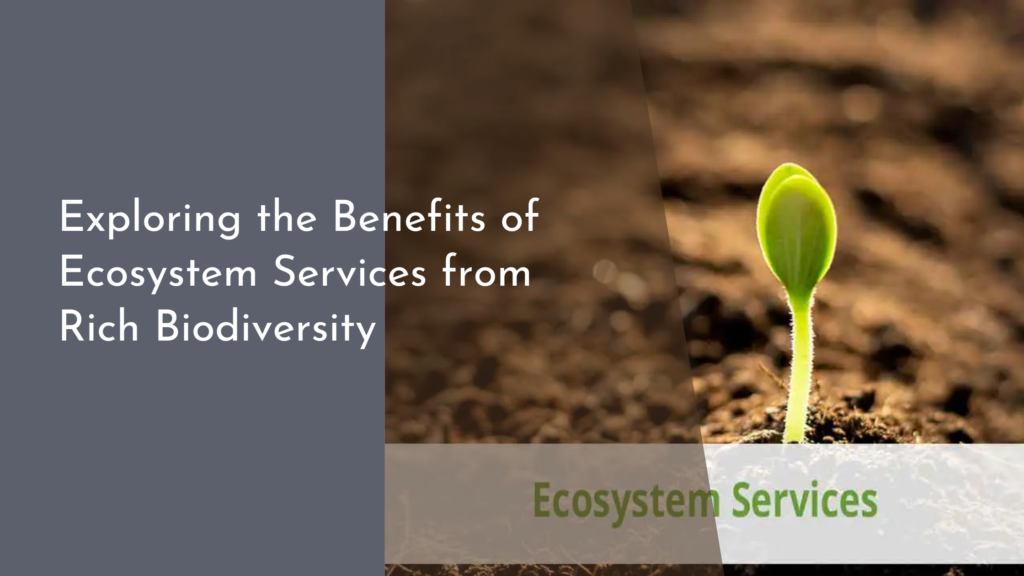3D-Printed Rainwater Harvesting Structures and Innovations
As the world grapples with climate change and increasing water scarcity, innovative approaches to water management are more crucial than ever. Among these, 3D printing has emerged as an exciting technology with the potential to revolutionize rainwater harvesting. By combining cutting-edge design with sustainable practices, 3D-printed rainwater harvesting structures can provide efficient, cost-effective solutions to collect and store precious rainfall. This article delves into the magic of 3D printing, innovative designs, eco-friendly benefits, and future trends in rainwater harvesting.
Discovering the Magic of 3D Printing for Water Harvesting
3D printing, or additive manufacturing, allows for the creation of complex structures layer by layer from digital models. This technology is rapidly advancing and gaining traction in various industries, including construction, healthcare, and environmental management. In the context of rainwater harvesting, 3D printing can produce customized tanks, gutters, and filtration systems tailored to specific environmental conditions and aesthetic preferences. This flexibility not only streamlines production processes but also minimizes material waste, making it an eco-conscious choice.
Moreover, 3D printing enables the use of innovative materials that can withstand harsh weather conditions while maintaining durability. By using biodegradable and recyclable materials, designers and engineers can create rainwater harvesting systems that align with sustainability goals. With rapid prototyping, researchers can quickly iterate designs, addressing flaws and improving efficiency. This magical technology opens up a realm of possibilities for communities seeking sustainable and reliable water collection methods.
Innovative Designs: How 3D Printing Transforms Rainwater Collection
The beauty of 3D printing lies in its ability to create intricate and customized designs that traditional methods cannot achieve. Contemporary architects and engineers are leveraging this technology to develop rainwater harvesting systems that are not only functional but also visually appealing. For instance, intricate lattice structures can be designed to maximize surface area for water collection, while elegantly curved shapes can enhance aesthetic appeal. These designs can be seamlessly integrated into urban landscapes, encouraging more cities to adopt rainwater harvesting systems.
One of the most exciting aspects of 3D-printed designs is their adaptability. Communities in arid regions or those facing water scarcity can benefit from smaller, modular systems that can be expanded or combined as needed. These designs can also incorporate integrated filtration and purification systems, ensuring that collected rainwater is safe for use. As designers continue to push the boundaries of what is possible with 3D printing, the potential for innovative rainwater harvesting solutions becomes limitless.
Eco-Friendly Benefits of 3D-Printed Harvesting Solutions
Adopting 3D-printed rainwater harvesting structures offers numerous eco-friendly benefits that contribute to environmental sustainability. Firstly, the reduction in construction waste is a considerable advantage. Traditional construction methods often lead to excess materials and debris, whereas 3D printing uses only the required amount of material. This process not only helps minimize landfill contributions but also conserves resources and energy during production.
Furthermore, 3D-printed systems can be designed to promote biodiversity and enhance local ecosystems. For example, rainwater harvesting structures can incorporate features like green roofs or vertical gardens that provide habitats for various species. These ecological enhancements can lead to improved urban air quality and reduced heat island effects, making cities more livable. With the ability to address both water scarcity and environmental degradation, 3D-printed harvesting solutions stand out as a key innovation for a sustainable future.
Future Trends: The Next Wave of Rainwater Innovations!
As technology continues to evolve, the future of 3D-printed rainwater harvesting systems holds exciting possibilities. One significant trend is the integration of smart technology and Internet of Things (IoT) capabilities. By equipping rainwater harvesting structures with sensors and monitoring systems, users can track water levels, quality, and usage patterns in real-time. This data-driven approach empowers communities to make informed decisions about water management and conservation, ultimately leading to greater efficiency and sustainability.
Additionally, the use of advanced materials such as self-healing concrete and energy-efficient composites is on the rise. These materials can enhance the longevity and resilience of rainwater harvesting systems, ensuring they perform effectively even in challenging weather conditions. As 3D printing continues to make strides in material science, we can expect to see even more innovative designs and functionalities that will redefine how we think about rainwater collection. With creativity and sustainability at the forefront, the next wave of rainwater innovations promises to pave the way for a more water-secure future.
In conclusion, 3D-printed rainwater harvesting structures represent a transformative approach to addressing water scarcity and promoting sustainable practices. Through innovative designs, eco-friendly benefits, and future advancements, this technology has the potential to revolutionize the way we collect and utilize rainwater. As communities around the world embrace these solutions, we can look forward to a brighter, more sustainable future where water is managed responsibly, and the beauty of our environment thrives. Let’s celebrate the magic of 3D printing and its role in crafting a world where we cherish every drop of water!

